The Lungs of the Earth Under Threat: Unpacking Deforestation in the Amazon Rainforest
The Amazon Rainforest, often called the “Lungs of the Earth,” is a vital lifeline for our planet, producing 20% of the world’s oxygen and housing unparalleled biodiversity. However, this natural wonder is in peril. Rampant deforestation is rapidly transforming vast stretches of lush greenery into barren landscapes, threatening not only the delicate ecosystem within but also the stability of the global climate. What lies behind this destruction, and what can be done to save one of Earth’s most precious treasures?
WHAT IS FOREST?
Role of Forests in Environmental Health
Forests are essential to maintaining the planet environmental balance, impacting ecosystems on multiple levels. Sustainably managed forests offer a wide range of goods and services, supporting 1.6 billion people globally. Of these, 300 million live directly within forested areas, relying on them for their livelihoods.
Forests: A Haven for Biodiversity
Forest ecosystems house 80% of the world terrestrial biodiversity, including countless species of plants and animals, many of which are yet to be discovered. This immense variety underscores the ecological importance of forests and the critical need for their conservation.
The Broad Impacts of Deforestation
Deforestation significantly impacts the environment, economy, and human health. It contributes to climate change by releasing CO2 into the atmosphere and also alters biophysical processes such as land surface albedo, evapotranspiration, and cloud cover.
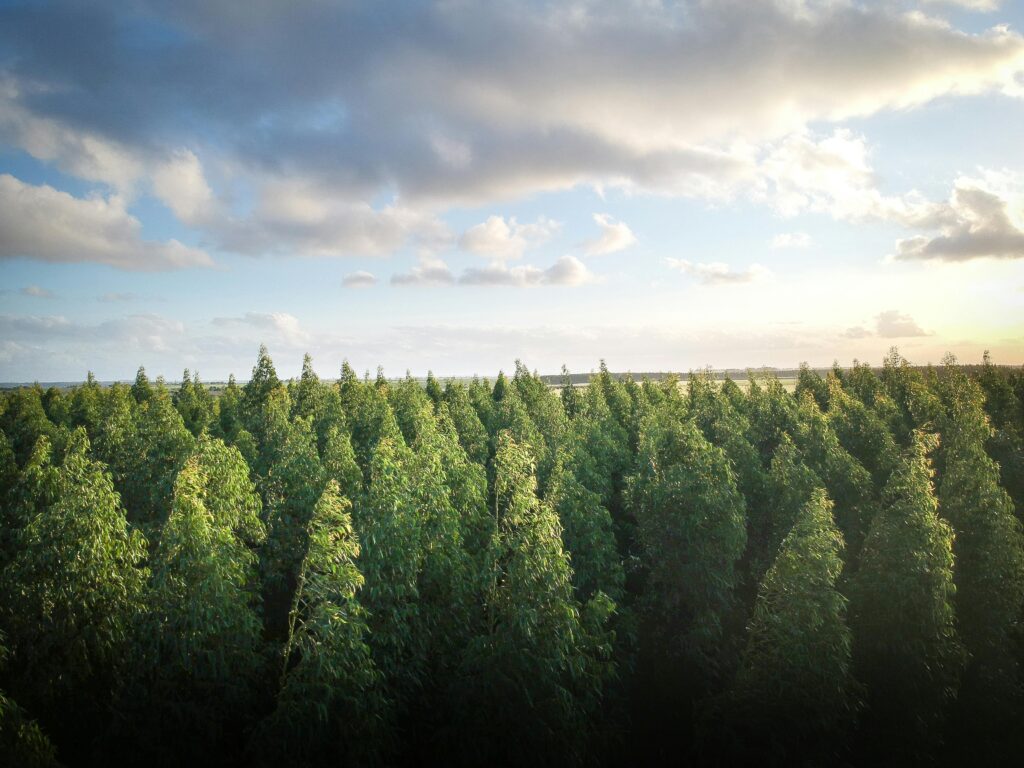
WHAT IS AMAZON RAINFOREST?
The Amazon: A Global Treasure
The Amazon rainforest is the world\u2019s largest rainforest and river basin, spanning 670 million hectares across nine South American countries, including Brazil, Peru, and Colombia. It is home to 10% of all known species on Earth, with 75% of its plant species found nowhere else.
Unique Biodiversity of the Amazon
The Amazon boasts unparalleled biodiversity, including 3,000 species of freshwater fish the highest in the world. This rich ecosystem supports 34 million people who depend on its resources for survival, further emphasizing its importance to both local communities and the planet as a whole.
FACTORS AND CONSEQUECES OF DEFORESTATION IN THE AMAZON RAINFORESTATION
Deforestation in the Amazon rainforest leads to devastating consequences worldwide. It causes a significant loss of biodiversity as countless species lose their habitats, disrupts the lives and health of indigenous communities, and accelerates climate change through increased CO2 emissions. Additionally, it alters global weather patterns by disrupting the water cycle, leading to droughts and other extreme climate events. These impacts highlight the urgent need to address deforestation for the sake of both the environment and humanity.
Immersion in the Amazon
Immersion in the Amazon delving deep into its unparalleled biodiversity, vibrant ecosystems, and cultural richness. It’s about understanding the complex interplay between its lush landscapes, indigenous communities, and the global environmental systems it sustains. However, immersion also means confronting the harsh realities of deforestation—a crisis that threatens not only the Amazon’s survival but also its critical role in regulating the Earth’s climate, storing carbon, and supporting life on a global scale.
The Amazon Rainforest, a mesmerizing world of unparalleled biodiversity and natural splendor, is more than just an ecological wonder—it’s a lifeline for our planet. Yet, beneath its lush canopy, an alarming story unfolds. Deforestation is unraveling the Amazon’s intricate web of life, with devastating consequences for local communities, global ecosystems, and the fight against climate change. Immerse yourself in the heart of the Amazon to uncover the harsh realities of its destruction and the urgent need for action.
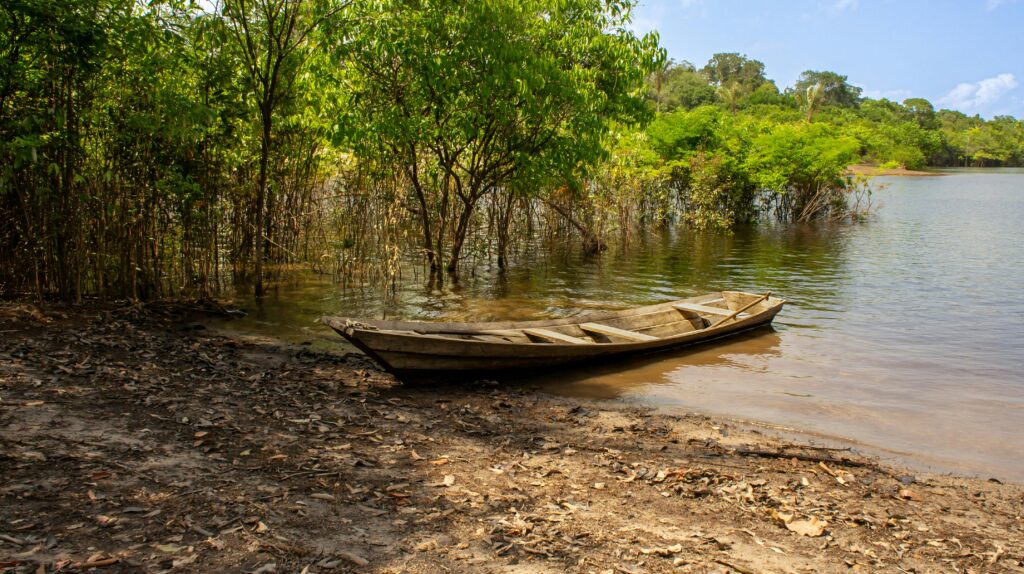
WHAT IS DEFORESTATION IN THE AMAZON RAINFOREST?
The Amazon: The World’s Largest Deforestation Front
The Amazon rainforest holds the dubious distinction of being the planet’s largest deforestation front. With an estimated 90-140 billion metric tons of carbon stored in its forests, deforestation poses a significant threat of triggering large-scale, irreversible ecological disasters.
Alarming Losses and Projections
Already, 20% of the Amazon biome has been lost, and the World Wildlife Fund warns that 27% of the biome could be treeless by 2030 if current deforestation trends persist. From 1978 to 2017, over 750,000 square kilometers (75 million hectares) of Amazon forest were destroyed.
Accelerating Forest Loss
Between 2001 and 2012, the Amazon biome experienced annual forest losses averaging 1.4 million hectares, totaling 17.7 million hectares in just over a decade. The majority of these losses occurred in Brazil, Peru, and Bolivia, with Brazil accounting for 75% of Amazon deforestation during this period.
This highlights the urgent need for global action to mitigate deforestation and protect the Amazon’s irreplaceable ecological and carbon storage functions.
Deforestation in the Amazon has been an ongoing issue for decades, causing significant environmental, economic, and social impacts that extend far beyond the region itself.

CAUSES OF DEFORESTATION IN THE AMAZON RAINFOREST
1. Cattle Ranching: The Leading Cause of Amazon Deforestation
Cattle ranching is the primary driver of deforestation in the Amazon rainforest, responsible for approximately 80% of forest loss. Vast areas are cleared to raise cattle, primarily for beef exports. The Brazilian Amazon hosts around 200 million cattle, making Brazil the world’s largest exporter of cattle products and supplying 25% of the global market.
Global Demand Fuels Deforestation
International demand for cattle-related products such as leather, meat, dairy, and cosmetics plays a significant role in driving deforestation. These products feed into industries worth billions of dollars, further incentivizing forest clearing for cattle ranching.
Low Costs and Government Policies as Contributors
Cattle ranching is facilitated by low input costs, including inexpensive breeding stock, fencing, feed, medicine, labor, and transportation. Additionally, cheap land further encourages expansion. Historically, Brazilian government policies supported deforestation by incentivizing land clearing and cattle ownership, exacerbating the problem.

2. Infrastructure Development: Roads and Deforestation
Roads and transportation infrastructure significantly contribute to deforestation by providing easier access to the forest. Research reveals that nearly 95% of all deforestation occurs within 5.5 kilometers of roads or 1 kilometer of rivers, as these routes make the rainforest more accessible. Protected areas near roads and rivers experience much less deforestation (10.9%) compared to unprotected areas (43.6%).
The Role of the Trans-Amazonian Highway
Illegal and unofficial roads play a substantial role in deforestation, but the Trans-Amazonian Highway is one of the largest contributors. Spanning 4,000 kilometers across Brazil and cutting through the heart of the Amazon, the highway connects João Pessoa to the northeast border of Peru. Opened in 1972, the highway remains incomplete due to financial and logistical challenges, but it has already caused widespread damage.
Additionally, policy changes and improved law enforcement have led to a significant increase in fines, notifications, embargoes, and confiscations linked to illegal deforestation and selective logging. In the first 10 months of 2023, deforestation in the Brazilian Amazon decreased by nearly 50% compared to the same period in 2022
Deforestation Linked to the Highway
The construction of the Trans-Amazonian Highway drastically increased accessibility, leading to a sharp rise in deforestation. In the 1990s and early 2000s, more than 25,000 square kilometers of forest were cleared annually as a direct result of the highway’s impact. This demonstrates the severe environmental consequences of infrastructure development in the Amazon.
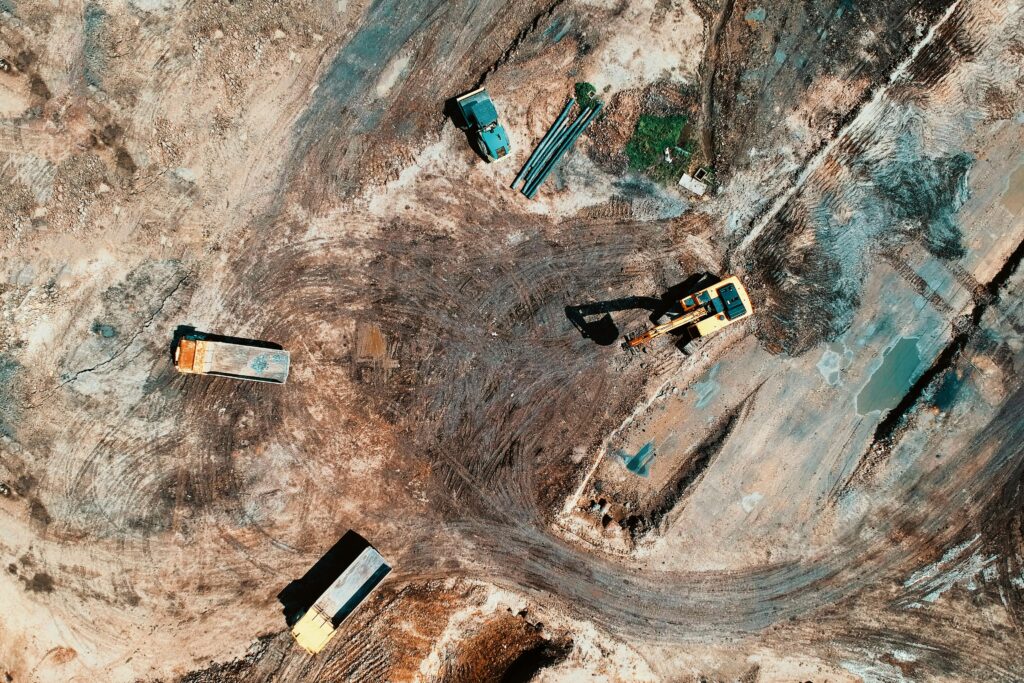
3. Agriculture: A Major Driver of Deforestation
Globally, agriculture is responsible for about 27% of forest loss, and the Amazon rainforest is no exception. Farmers in the region often use slash-and-burn techniques to clear land for commodities such as soy, palm oil, sugarcane, beef, and even gold extraction. This method not only reduces forest cover but also heightens the risk of uncontrolled fires.
The Agriculture Impact on the Amazon
In 2003, one of the worst years for deforestation in the Amazon, over 20% of the forest in Mato Grosso, a Brazilian state, was converted to cropland. The region’s deforestation is closely tied to global markets, as economic conditions and commodity prices heavily influence forest clearing.
The recent increase in fires within the Amazon rainforest is closely linked to deforestation activities, particularly for large-scale agriculture. The effectiveness of environmental policy enforcement is critical in mitigating these fires. Ongoing research and policy efforts are essential to address the complex factors contributing to this environmental crisis.
The Role of Global Markets
Deforestation rates in the Amazon tend to fluctuate with the prices of soybeans, beef, timber, and other agricultural products. As global demand increases, economic incentives drive more forest clearing, exacerbating the environmental damage in this critical ecosystem.
The complex relationship between global markets and deforestation in the Amazon, highlighting the need for sustainable practices and policies to balance economic development with environmental conservation.
EFFECTS OF DEFORESTATION IN THE AMAZON RAINFOREST
1. Biodiversity Loss: A Consequence of Deforestation
Deforestation and human disturbance in the Amazon rainforest have devastating impacts on biodiversity. Research shows that primary forests, like the Amazon, are vital for maintaining species diversity. Increased human interference, such as clearing land for agriculture, leads to a significant decline in species richness.
Tree Cover and Ecosystem Stability
The elimination of tree cover is a primary factor in species disturbance. The trees of the Amazon provide critical habitats and help regulate temperature through their dense canopy. Without this regulation, the ecosystem begins to resemble a savannah, with less vegetation, extreme temperature fluctuations, lower humidity, high winds, and increased exposure to sunlight and heavy rainfall—all of which threaten the survival of countless species.
Unique Biodiversity at Risk
The Amazon rainforest is home to approximately 80% of the world’s terrestrial biodiversity, including thousands of species found nowhere else, such as pink river dolphins, macaws, toucans, tamarins, and glass frogs. Many of these species have made significant contributions to science and medicine. However, continued deforestation risks the extinction of these unique plants and animals, a trend already visible in endangered species like the Amazon Fer-de-lance viper and the three-toed sloth.
Read More: Amazon Rainforest Biodiversity
The Broader Implications
With species diversity continuing to decline as deforestation trends persist, the loss of biodiversity in the Amazon threatens not only local ecosystems but also the global environment and scientific progress. The urgent need for conservation efforts is underscored by the critical role the Amazon plays in sustaining life on Earth.
2. Hydroelectric Dams: A Growing Driver of Deforestation in the Amazon
The Amazon region currently hosts around 150 dams, with plans for hundreds more in the future. These structures contribute to deforestation by replacing vast areas of forest with water reservoirs. For instance, the Belo Monte Dam, the fourth largest hydroelectric project in the world, filled its reservoir in 2015, submerging 260 square miles of lowland and forest. Other significant examples include the Balbina, Tucuruí, and Samuel dams, which resulted in the loss of 1,200, 744, and 168 square miles of forest, respectively. The Tucuruí Dam, located in the northeastern Brazilian Amazon, stands out as the largest dam ever constructed in a tropical rainforest, displacing 40,000 people and flooding 2,875 square kilometers of forest.
Beyond Reservoir Flooding
The impact of dams on deforestation extends beyond the creation of reservoirs. The Belo Monte Dam, for example, has displaced 20,000 indigenous people since its completion in 2015. Additionally, dams attract workers to the area for related jobs, leading to population growth and land development, which further drives deforestation. Roads constructed to access these dam sites expose nearby areas, making them vulnerable to illegal logging and land clearing.
Dams and Related Development
Many dam projects are linked to broader infrastructure developments that contribute to deforestation. For example, the construction of waterways for soy transportation not only facilitates economic activity but also accelerates forest loss. These combined effects make dams a significant and growing driver of deforestation in the Amazon rainforest.
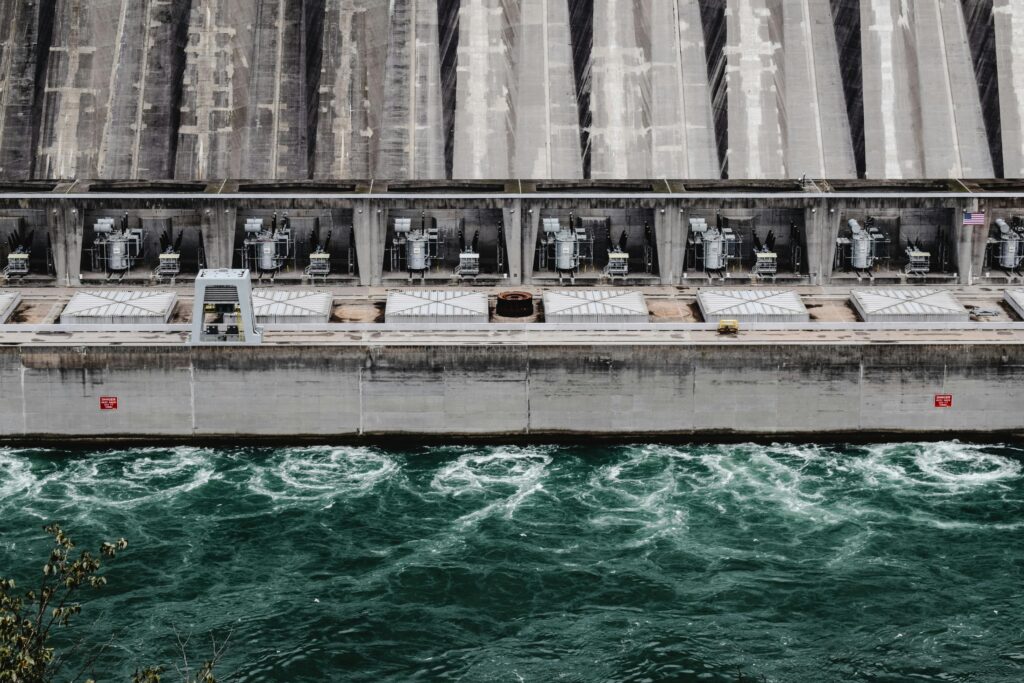
3. Indigenous Tribe Communities: Guardians of the Amazon Under Threat
The Amazon rainforest is home to 33 million people, including over 350 indigenous communities who depend on its resources for survival. These numbers, however, used to be much higher. Deforestation and its cascading effects—such as loss of food sources, soil erosion, contaminated water, and exposure to foreign diseases—have caused many tribes to vanish. Diseases introduced by illegal loggers, farmers, and ranchers have proven especially devastating, as indigenous peoples often lack natural immunity to these illnesses.
While many Amazonian tribes are legally protected, with most residing in the 422 designated indigenous reserves, their lands are still frequently invaded by loggers and farmers. Faced with relentless pressure, some tribes resort to selling their land rights, fueling even more deforestation.
Yet, indigenous communities are far from passive victims. These tribes are deeply connected to the rainforest and often act as its fiercest protectors. Many take bold measures, from protesting and petitioning governments to physically confronting illegal loggers by destroying their camps. Despite their efforts, they are often outnumbered and overpowered.
For some tribes, isolation is the only way to ensure their survival. History shows that contact with outsiders can be catastrophic—up to 50% or more of an uncontacted tribe may perish within the first few years of contact due to disease. These tribes’ choice to remain uncontacted highlights both their vulnerability and their resilience in preserving their way of life and the forest they call home.
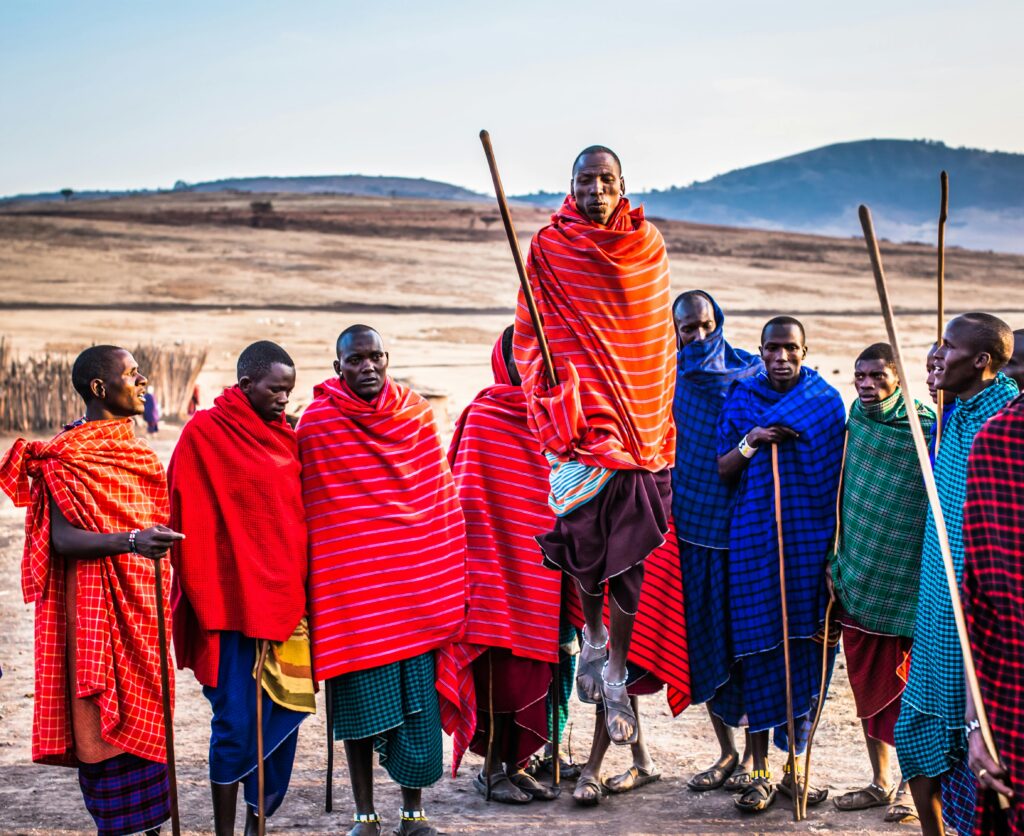
4. Fire in the Amazon Rainforest
The Fire in Amazon Deforestation: A Vicious Cycle
Fire occupies a unique and troubling role in Amazon deforestation—it acts as both a cause and a consequence, creating a destructive feedback loop that’s hard to break. When rainforests are cleared, they are replaced by drier, savannah-like landscapes that are far more prone to catching fire. This shift not only accelerates deforestation but also releases massive amounts of CO2 into the atmosphere and destroys habitats for countless plant and animal species.
Fire is closely tied to many key drivers of deforestation, particularly through the widespread use of slash-and-burn techniques. Farmers and cattle ranchers frequently use fire to clear land for crops and livestock, pushing deeper into the forest and compounding the damage.
Historically, fires in the Amazon were used in smaller, more sustainable ways to clear land for agriculture. However, in recent years, fires have taken on a more destructive form, clearing vast tracts of land for industrial-scale cattle ranching and crop production.
Recent studies have highlighted the escalating use of fires in the Amazon rainforest, primarily for large-scale agricultural expansion. This shift has intensified deforestation and environmental degradation in the region.
Brazil’s Space Research Center (INPE)
While natural wildfires are extremely rare in the Amazon due to its humid climate and frequent rainfall, human activity is the primary culprit behind these blazes. Brazil’s Space Research Center (INPE) estimates that 99% of recent fires in the Amazon were caused by humans, either intentionally or accidentally. Compounding the issue, the slash-and-burn process can take years to complete, making it difficult to pinpoint the cause of a fire until agricultural or cattle operations appear on the cleared land. This delay in data collection obscures the true extent and purpose behind the fires, further complicating efforts to address the crisis.
Fire as Both a Cause and Consequence
- A destructive feedback loop that replaces rainforests with savannah-like landscapes.
- Increased fire vulnerability leads to habitat destruction and CO2 emissions.
Fire and Its Connection to Deforestation Drivers
- Slash-and-burn techniques dominate agricultural and cattle ranching practices.
- Human-driven fires push deeper into the Amazon, exacerbating damage.
The Shift from Sustainable to Destructive Fires
- Historical use of fire for small-scale, sustainable agriculture.
- Recent large-scale fires clear land for industrial cattle and crop production.
Human Activity as the Main Culprit Behind Fires
- Natural wildfires are rare due to Amazon’s humid climate.
- 99% of recent Amazon fires are human-caused, according to Brazil’s INPE.
Challenges in Tracking and Addressing Fire-Driven Deforestation
- The slow slash-and-burn process makes data collection difficult.
- Land use often becomes apparent only after crops or cattle appear.
CO2 EMERSSIONS IN THE AMAZON RAINFOREST
Deforestation and Its Contribution to Global CO2 Emissions
According to research, deforestation accounts for 15% of global CO2 emissions. However, the Amazon’s impact on climate regulation extends beyond this figure. Deforestation in the region not only emits carbon during logging but also releases additional CO2 through fires caused by forest clearing.
Declining CO2 Absorption in the Amazon
The Amazon rainforest, once considered one of the planet’s largest carbon sinks, is losing its ability to absorb CO2. Studies reveal that the Amazon may now be absorbing only half as much CO2 as it did two decades ago due to deforestation.
The Role of Soil Depletion in Reduced CO2 Absorption
The critical role of phosphorus in the Amazon rainforest’s ecosystem, particularly concerning its capacity to absorb carbon dioxide (CO₂). Phosphorus is a vital nutrient that supports plant growth and enables trees to sequester CO₂ from the atmosphere. However, the Amazon’s soils are often phosphorus-deficient, which can limit this carbon absorption capacity.
The studies indicate that without sufficient phosphorus, the Amazon’s capacity to sequester carbon may be significantly reduced, potentially accelerating climate change. Addressing soil nutrient limitations is therefore essential for enhancing the Amazon’s role in global carbon management.
The Amazon’s Global Importance in Carbon Management
The Amazon is responsible for absorbing a quarter of the CO2 absorbed by all rainforests worldwide, equivalent to 2 billion tons annually. This vital function is diminishing as deforestation rises, threatening global efforts to mitigate climate change.
Fire’s Role in the Carbon Cycle of Deforestation
Slash-and-burn techniques used to clear land exacerbate CO2 emissions by releasing additional carbon through fires. This creates a vicious cycle where deforestation leads to fires, further increasing atmospheric CO2 levels.
Stopping Deforestation: A Key Solution to Climate Change
Reducing deforestation is widely acknowledged as one of the most effective ways to combat climate change. By halting deforestation, the release of CO2 can be significantly curtailed, while preserving the Amazon’s critical role in carbon absorption.
WATERCYCLE AND RAINFALL IMPACT IN THE AMAZON RAINFOREST
Impact of Deforestation on Water Cycles
The loss of vegetation from deforestation in the Amazon disrupts water cycles by reducing the transpiration of water from plants, which plays a critical role in maintaining regional and global rainfall patterns. This shift contributes to desertification and climate change, with effects felt worldwide.
Local Effects on Amazonian Rainfall
In the Amazon region, transpiration and evaporation from vegetation account for 50-60% of rainfall. Disrupting this balance causes significant local changes, triggering a cycle that impacts ecosystems and weather patterns.
Global Ripple Effects of Amazon Deforestation
The widespread deforestation in the Amazon could lead to a 20% reduction in rainfall in the northwest United States and a 50% decrease in snowpack in the Sierra Nevada. This snowpack is vital for water supply and irrigation in California’s Central Valley, a key region for U.S. food and dairy production.
Changes in Precipitation Across Continents
Another study highlighted that Amazon deforestation reduces precipitation and cloud formation on multiple continents, particularly in the Americas. The central United States, for example, experiences noticeable decreases in rainfall due to Amazonian forest loss.
Potential for Widespread Agricultural Droughts
Some research indicates that Amazon deforestation could lead to droughts in critical agricultural regions across India, Africa, China, and the United States. These effects have already been observed in some areas, though global-scale desertification is only expected with much larger increases in deforestation levels.
LOSS OF HABITAT BIOME AND SPECIES IN THE AMAZON RAINFOREST
Habitat Destruction
Deforestation strips away the dense tree canopy that provides shelter, regulates temperature, and sustains life for countless plant and animal species. The removal of forest cover drastically alters the environment, making it more like a savannah with extreme temperature fluctuations, reduced humidity, and increased exposure to harsh sunlight, wind, and precipitation. These changes render the habitat unsuitable for many species, forcing them to migrate or perish.
Species Decline and Eco-system Challenges
The loss of biodiversity in the Amazon is staggering. Deforestation significantly reduces species richness, particularly in areas converted for agriculture. Iconic and unique species such as macaws, pink river dolphins, tamarins, and glass frogs are increasingly threatened, while others, like the Amazon Fer-de-Lance viper and three-toed sloth, are now endangered.
The Amazon’s forests are integral to maintaining biodiversity. Without these forests, the region faces significant ecological challenges, including loss of biodiversity, soil erosion, and climate disruptions.
Ripple Effects on Global Biodiversity
The Amazon is home to approximately 80% of the world’s terrestrial biodiversity, making the destruction of its ecosystem a global concern. Many plant species indigenous to the rainforest hold potential for scientific and medicinal breakthroughs. Continued deforestation risks the extinction of these plants and animals, cutting off opportunities for future discoveries.
Human Impacts
Indigenous communities, who have coexisted with the forest for centuries, also face challenges due to the loss of habitat and species. Displacement, loss of traditional food sources, and exposure to new diseases further compound the issue.
WILL THE AMAZON RAINFOREST GONE?
The Urgency to Address Amazon Deforestation
Deforestation in the Amazon rainforest represents one of the most pressing environmental crises of our time. Its far-reaching consequences, from biodiversity loss and displacement of indigenous communities to increased carbon emissions and disruption of global water cycles, underscore the critical role the Amazon plays in maintaining ecological balance.
The Amazon, once a thriving carbon sink and a cradle of biodiversity, is now facing the dual threats of ecological degradation and desertification. With 20% of its biome already lost and projections of much greater destruction if current trends continue, immediate action is essential. Solutions such as stronger enforcement of environmental policies, empowering indigenous communities, sustainable agricultural practices, and global cooperation must be prioritized to combat deforestation and mitigate its devastating effects.
Ultimately, the future of the Amazon is intertwined with the health of our planet. Preserving it is not only vital for the millions of species and communities that depend on it directly but also for the global environment and humanity at large. Time is running out, and the responsibility to protect the Amazon lies with governments, businesses, and individuals worldwide.





Your passion for the subject shines through in every paragraph. It’s refreshing to find content that’s both educational and enjoyable to read.